The Ultimate Guide to Cleaning Your Cat's Bed
If your kitty spends a lot of time dozing and dreaming in her cozy bed, then it’s a good idea to keep that bed squeaky clean. Even the best cat beds need to be cleaned regularly. Keeping your cat’s bed clean helps prevent disease and allergies, eliminates stinky odors, and best of all, keeps your fur baby comfortable and happy.
Why Cleaning Your Cat’s Bed is Important
While it may be a hassle, cleaning your cat’s bed helps keep your kitty healthy. A dirty bed can lead to:
- Fleas
- Bacteria
- Odors
- Allergies
- Itching
- Disease
A clean bed is especially important for kitties who shed heavily, have hairless, oily skin, or struggle with health issues, but all cats will benefit from clean bedding.
3 Simple Ways to Clean Your Cat’s Bedding
-
Dusting the Bed
Your fur baby is great at spreading love–and fur–everywhere he goes. Dusting his bed includes clearing up any hair, dust, and fleas from the area. Here are a few tricks for removing cat hair from your kitty’s bed.
First of all, shake it off. (Famous cat lover Taylor Swift didn’t have it wrong.) Take your kitty’s bed outside–far away from anyone and anything you don’t want to get covered in cat hair–and give it a good shake. You can also hold the bed up or hang it on a clothesline and hit it with a stick or broom handle to get all the hair and dust particles off.
Another option is to use a lint roller or tape to pick up dust and hair. Or, if you have a lint brush, you could brush the bed off. You may want to do this outside or in a clear area where you can sweep up the hair and dust afterward. A faster way is to use a handheld vacuum. Of course, if you have a larger vacuum with a handheld attachment, that can work too.
For an alternate method, try putting your cat’s bedding in the dryer on low for 10-15 minutes. In addition to fluffing the bed up, this will help remove hair and dust. Be sure to empty the lint trap beforehand and again halfway through the cycle, as cat hair will quickly clog it up. You might try using dryer balls or pet hair removal products to get even more hair off.
-
Sunlight Exposure
Soft, warm, padded–these are great conditions for the ideal cat bed, but they’re also ideal for bacteria and fleas. Add to that the buildup of hair and dust, and you’re left with the perfect breeding ground for disease. While vacuuming goes a long way toward killing fleas and bacteria, sunlight exposure is also a great strategy.
That’s why, during the summertime, it’s not a bad idea to put your cat’s bed out in the sun for a few hours after you’ve shaken or beaten all the hair and dust out. Powerful sunlight can actually kill bacteria like mold and mildew, as well as fleas, who will dry out and die in the sun. In addition to keeping your kitty healthy and comfortable, sunlight exposure removes odors that can stink up your house if left unchecked. Even indoors, direct sunlight through a window can help kill bacteria and sanitize your kitty’s bed.
On that note, it’s also a good idea to put the bed’s pad or mattress outside to dry after washing it, rather than putting it in the dryer. If you can’t put it outside, you can place it on a towel in your house, in a room that has good air circulation. Or, you can try simply putting it in the dryer, though this may wear the bed out faster. Don’t let your kitty back on the bed until the mattress is dry and you’ve put the cover back on, and make sure both are completely dry before you do so.
Washing Your Cat’s Bed
-
Prep Your Cat's Bed for Washing
Before putting your cat’s bed in the washer, try to remove as much hair as possible. Don’t skip this step, as kitty hair can stick to your laundry and clog your washing machine. The best way to remove cat hair is to follow the tips listed above under dusting. Shake the bed outside, pick up hair with tape or a lint roller, brush it off, vacuum, or put it in the dryer for 10-15 minutes.
-
Precautions to Take When Washing the Cat Bedding
Before throwing your cat’s bed in the wash, check the following DOs and DON’Ts.
DO:
Check that the bed is washing machine safe. While most bed coverings are, sometimes the mattress is not. You can usually find this info on the bed’s tag.
Remove any waste, like vomit (yuck!) and food.
If the bed is stained or soiled, do a pre-soak first, then use stain remover before the main wash.
Wash the bed on cold.
Use a detergent and/or softener that’s pet-safe.
Use a fabric softener to help the hair come off more easily.
DON’T:
Put anything else in the wash with the bed, as this can lead to your clothes getting dirt on the bed and vice versa.
Use detergent or softener that contains dyes, scents, or additives.
-
Machine Washing a Cat Bed
When machine washing a cat bed, remove the cover and place both the cover and mattress in the wash at the same time. If it’s a tent-style bed, place the bed inside-out and put it in the wash. Load the detergent in as usual (but make sure it’s pet-safe detergent) and set the water on cold. If the bed is still stained after one cycle, try a pre-soak, use stain remover, then wash it on cold again.
After the wash cycle, place the bed cover and mattress in the dryer, or, if it’s hot enough, set or hang them outside in the sun to air-dry. If you use the dryer, you may want to add some (pet-safe!) dryer balls or sheets to help get more hair off and prevent clogging. Empty the lint trap, then set the dryer heat on low. If the bed isn’t completely dry after one cycle, put it in again on low and run another cycle.
-
Hand Washing a Cat Bed
If your cat’s bed isn’t washing machine safe, you can always wash it by hand in a sink or bathtub. If you do, be wary of cat hair going down the drain and clogging your pipes. You can prevent this by putting a hair trap over the drain. Use cold water and detergent to soak the bed, hand-wash it, then rinse it completely to get all the soap out. If the bed is especially dirty or stained, you may want to rinse it, empty the water, then fill up with fresh water and wash it again.
After the wash, wring the bed out and either put it in the dryer on low (if it’s dryer-safe) or hang it up to dry. If you can’t hang it outside, you can always hang it over the tub or put a towel or sheet underneath it.
Maintaining a Clean Cat Bed For Longer
Use these cleaning hacks to minimize the number of times you need to wash your cat’s bed.
-
Frequent Vacuuming
Vacuum the bed at least once a week, or as soon as you notice cat hair piling up. Use a handheld vacuum or attachment to get all those hard-to-reach places.
-
Use a Lint Roller More Often
As an alternative to vacuuming, take a lint roller to your kitty’s bed on a weekly basis. It may take longer than vacuuming, but it’s a good way to catch all those tiny hairs from your fur baby.
-
Other Natural Remedies
If you notice an unpleasant odor wafting through your house, it’s likely coming from your kitty’s bed. Cat beds tend to smell, but there’s an easy fix. Sprinkle baking soda over your kitty’s bed and let it sit for 1-2 hours, then vacuum it up.
-
Regular Dusting & Sundrying
Shake out your cat’s bed every few days to keep dust from gathering. During the summertime, leave the bed outside for a few hours each week to get rid of bacteria and fleas. Your kitty may even enjoy stretching out in the sunshine.
Other Things That Matter
Some cat beds are simply easier to keep clean, which is why, when choosing a cat bed, you may want to consider the following:
-
Material
Some fabrics, like flannel, velvet, and wool, cling to cat hair, while materials like leather and sherpa are easier to keep cat hair off of. Of course, choosing a kitty bed is often a compromise, as you need to choose a bed your kitty will want to sleep in.
-
Bed Style
Beds with replaceable or removable covers are easier to clean. Cave beds may be more of a struggle, but if they have a removable pad or mattress, that helps.
-
Bed Size
While it may be tempting to get your kitty a huge snuggly castle, remember that you’ll have to fit it in the wash. When it comes to cleaning, smaller beds are better. And since kitties love to curl up in little balls anyway, we’re pretty sure your fur baby won’t mind.
Cleaning Cat Bedding: FAQS
-
Is it OK to Use Tide Detergent to Clean Cat Beds?
You always want to be careful about using detergent on your pet’s products. Many detergents contain harmful chemicals that are unsafe for kitties, but there are plenty of natural, chemical-free detergents you can use. For example, Tide Purclean is made from plant-based oils and is free from toxic chemicals, which makes it safe for pets. Regular Tide should be avoided when washing cat beds, as it has toxic chemicals that may be dangerous for animals.
-
How to Get Rid of Cat Urine Smell From a Dryer
To get the smell of cat urine out of your dryer, wipe out the inside of the dryer, including the door, with hydrogen peroxide. Then soak a towel in 1 cup of white vinegar and 1 half gallon of water. Wring the towel out and put it in the dryer on high heat for about 45 minutes. After this, you might try spraying a towel with an odor remover and putting it in the dryer (on a non-heat setting) for around 25 minutes. If your dryer still smells, it could be because the felt seals have urine on them, in which case you’ll need to remove and replace them.
-
Is It Possible That Pet Dander Might Be Trapped in The Washing Machine?
Cat hair seems to find its way everywhere, and while cat hair may at least be easy to spot, cat dander, or the tiny flakes of dead skin that kitties shed along with their hair, is so microscopic that it’s all but impossible to see. Unfortunately, pet dander can get stuck in your washing machine and clog it. That’s why it’s important to shake and vacuum pet bedding before putting it in the wash.
-
Is The Standard Laundry Detergent Dangerous For Cats?
Many laundry detergents are dangerous for cats. To be safe, use a detergent like Seventh Generation Free and Clear, which is free of harmful chemicals. Never use a detergent or softener that contains dyes, scents, or additives when washing your pet’s bedding, as these are harmful for critters and can lead to allergies, infections, or even more serious health issues.
Cleaning your cat’s bed may seem like a lot of work, but what wouldn’t you do to keep your fur baby healthy and happy? Besides, when you know your kitty is clean and flea-free, it makes cuddling that much more fun.
SHOP CUSTOMER FAVORITES
MORE CAT TRAVEL RESOURCES & FUN

How to Get Your Cat to Love the Stroller
(Without bribes, begging, or betrayal) Let’s face it — cats aren’t known for embracing change. New toys? Suspicious. Rearranged furniture? Offensive. So when it comes to something as bold as a cat ...
Read more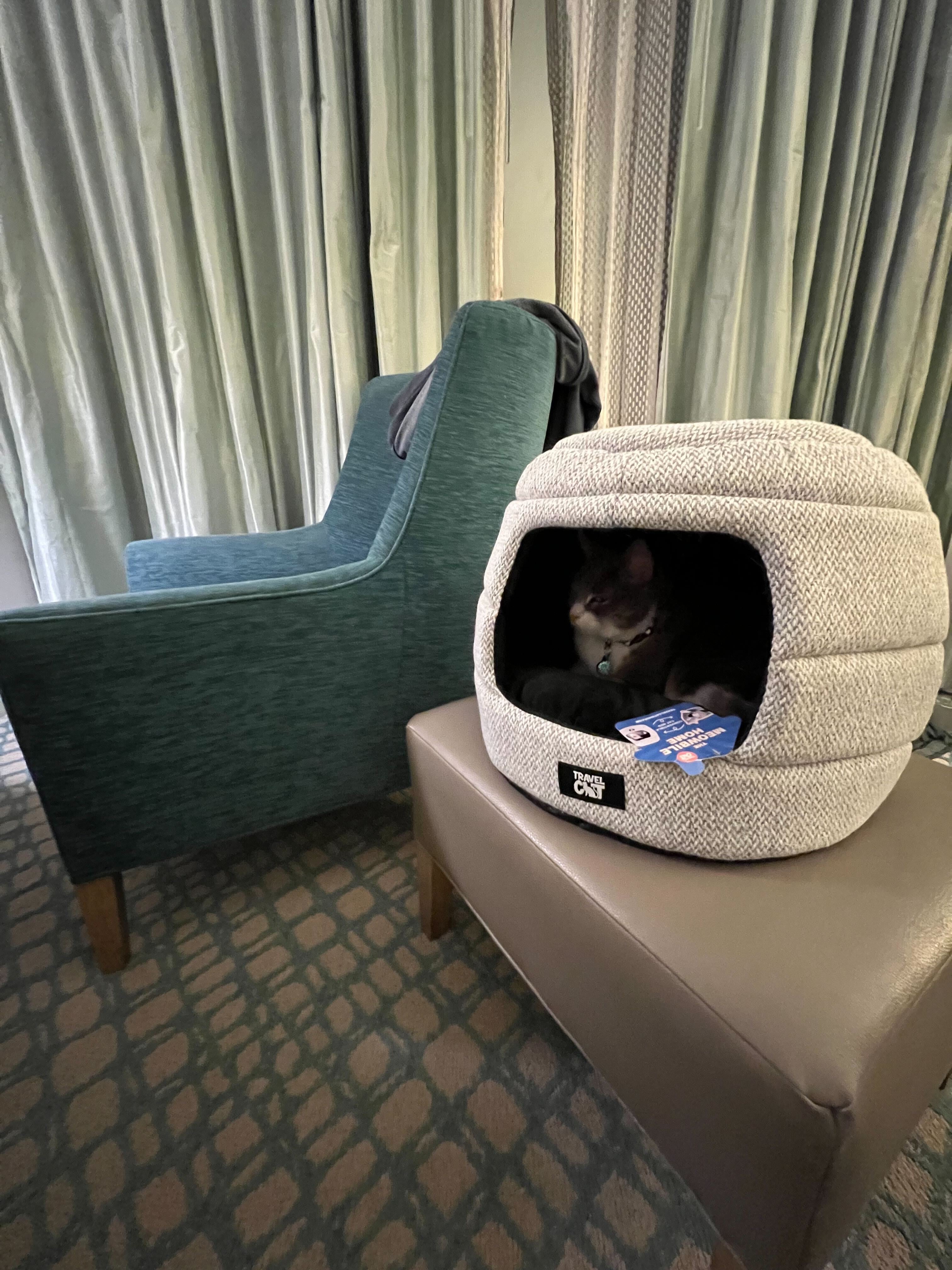
The Ultimate List of Cat-Friendly Hotels in the U.S. - More Than Just Pet-Friendly
Discover the best U.S. hotels that truly welcome cats. From big chains to campsites, this is the ultimate cat-friendly stay guide.
Read more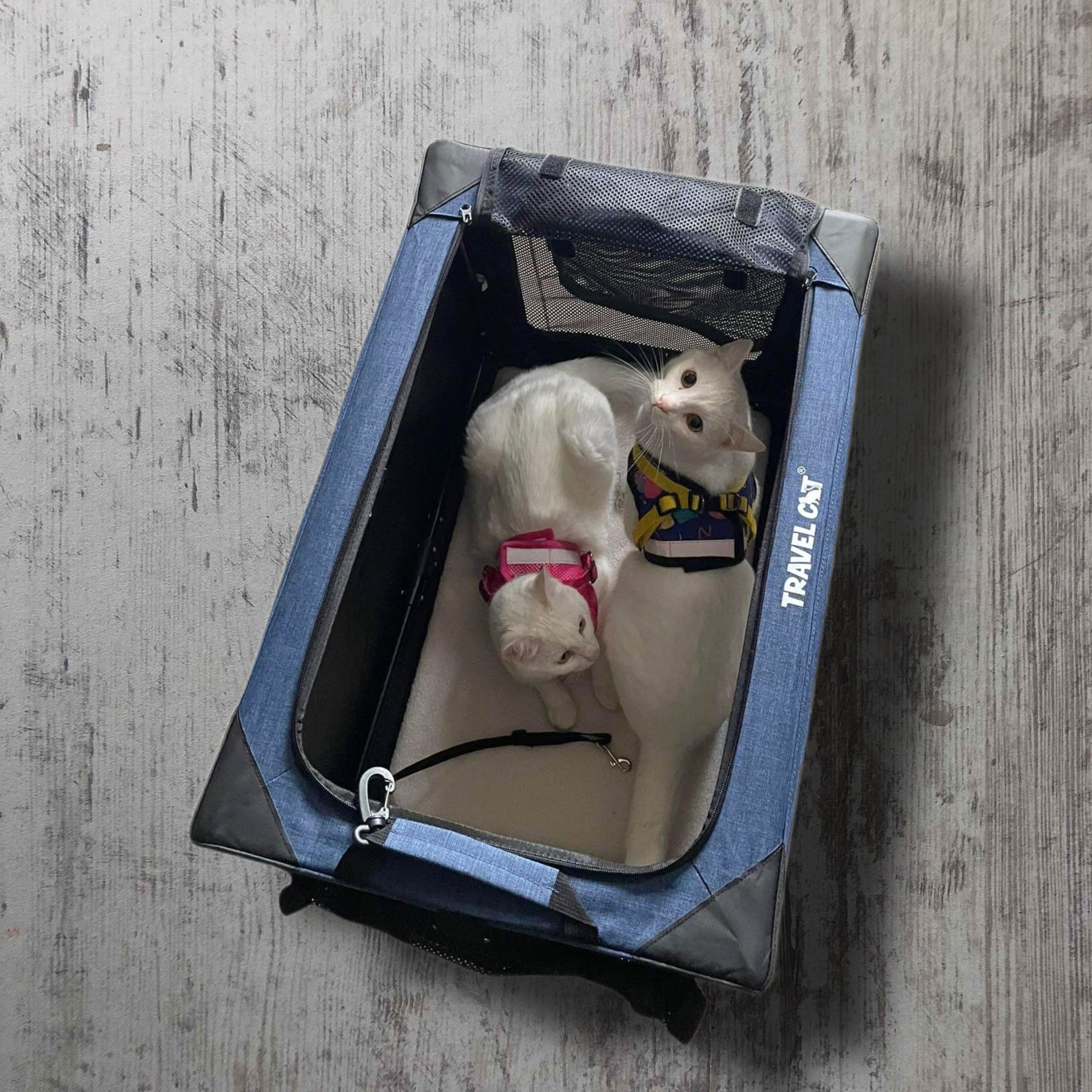
Your Purrfect Guide to Holiday Travel with a Cat: How to Take Your Pet with You Stress-Free
Whether you’re heading home or to a far off vacation, bringing your kitty along can be a challenge. But don’t worry—we’ve put together some trusty tips for traveling with your cat during the holidays.
Read more

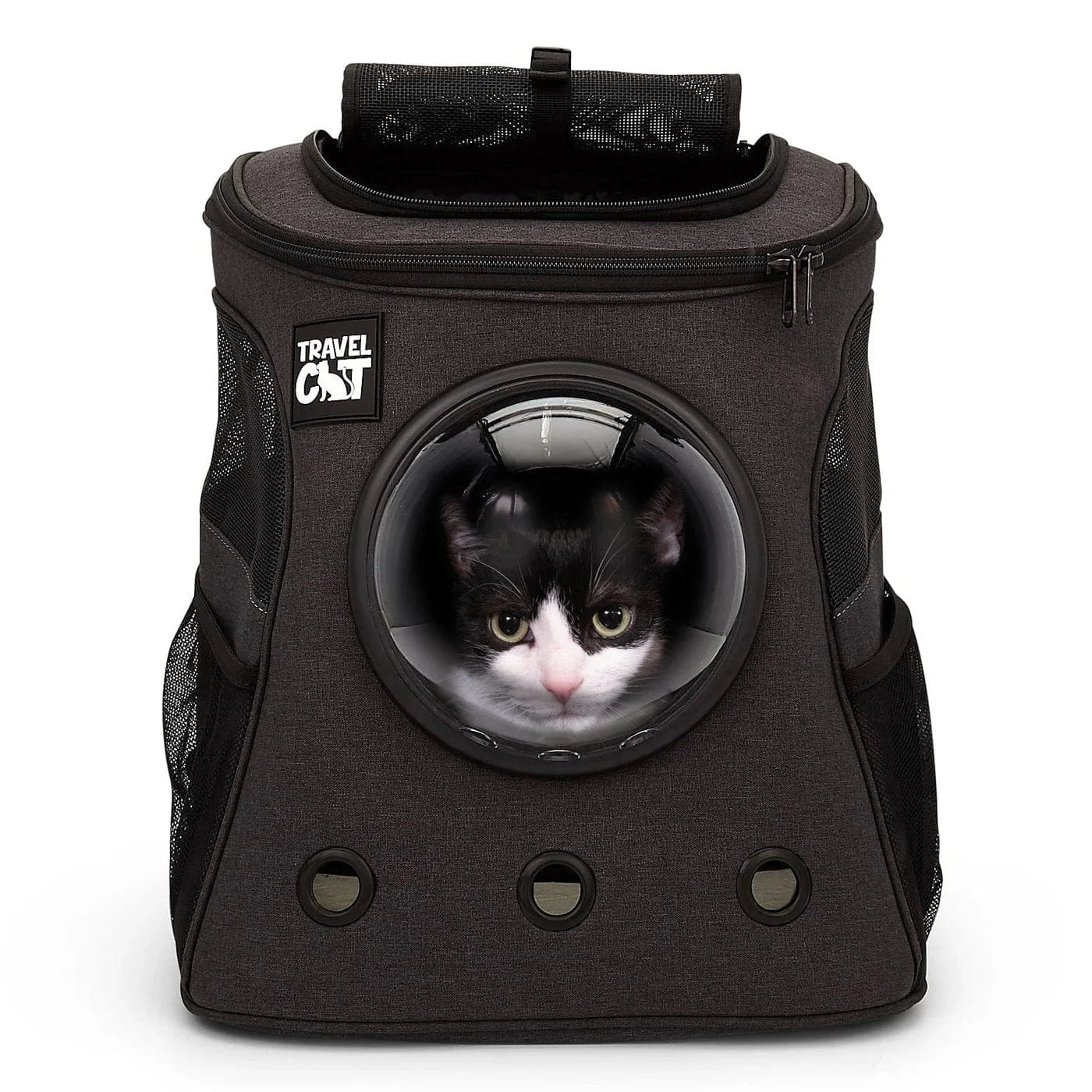



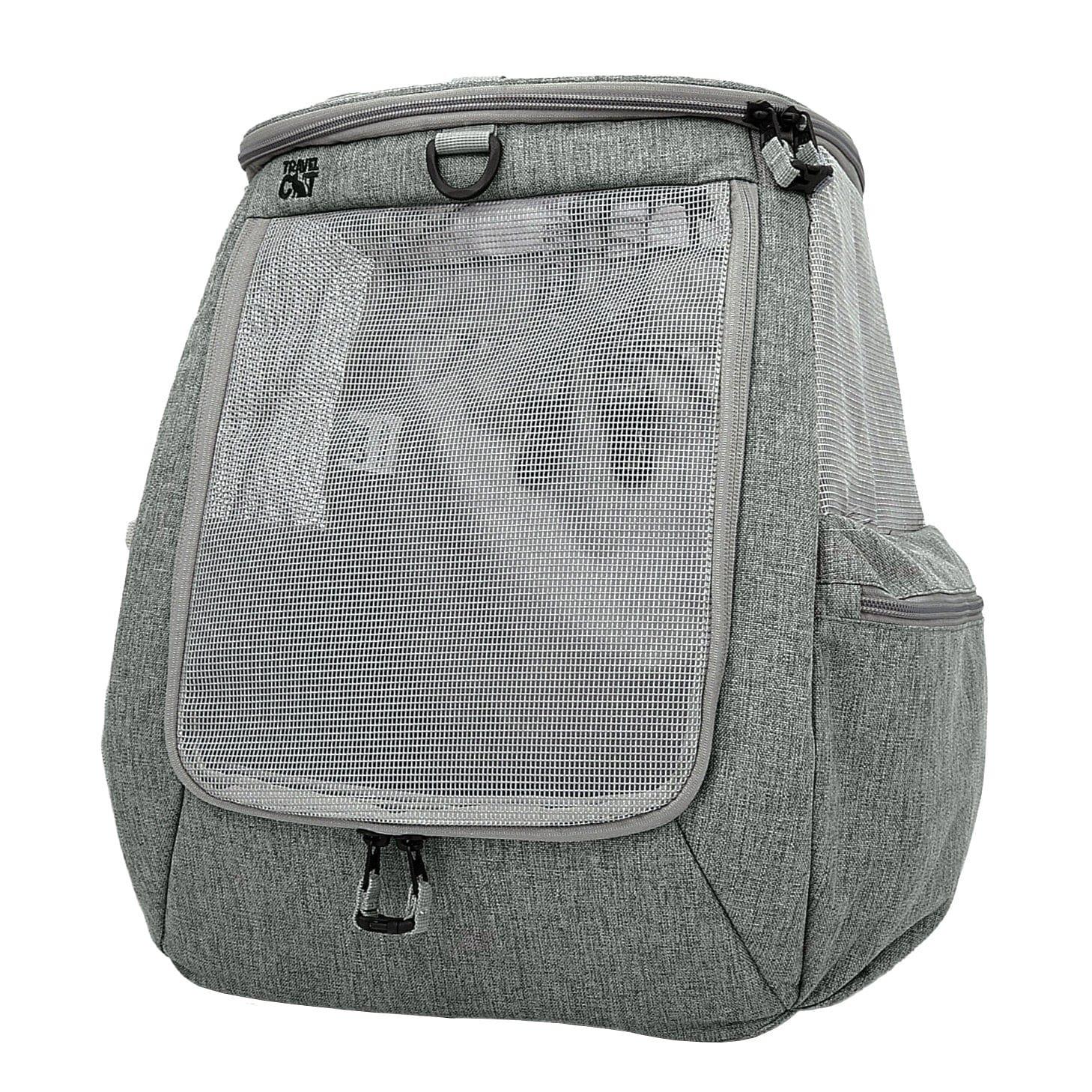
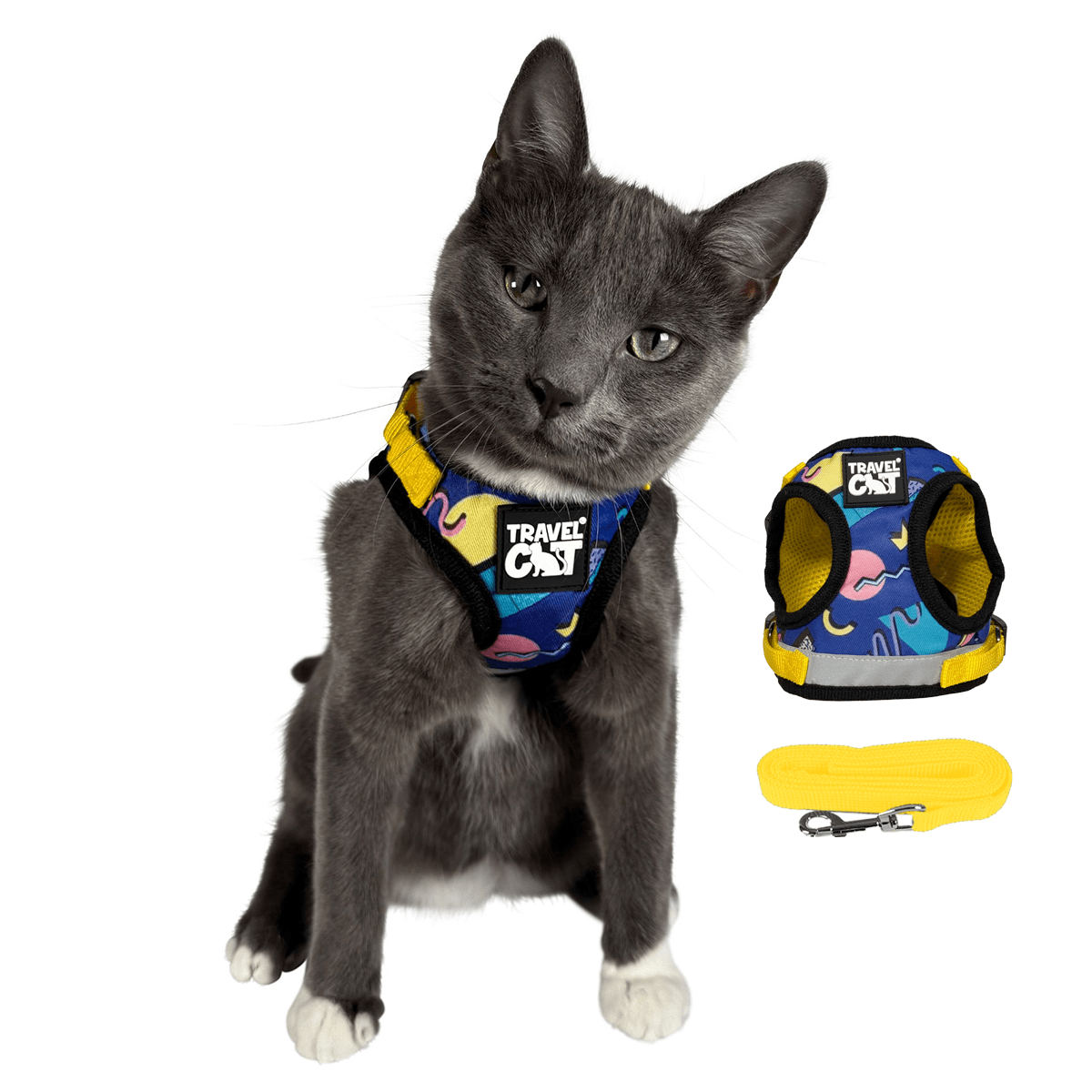

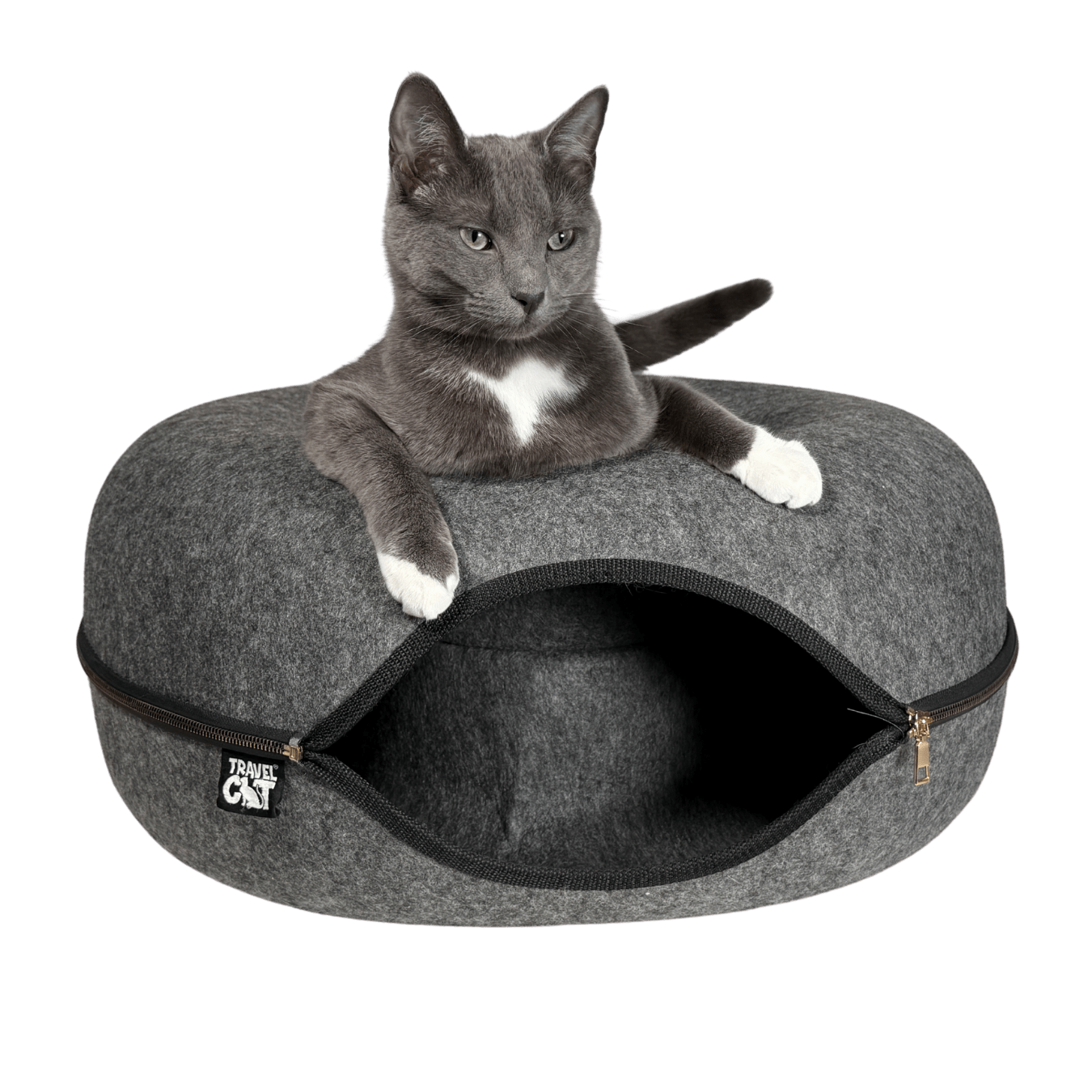
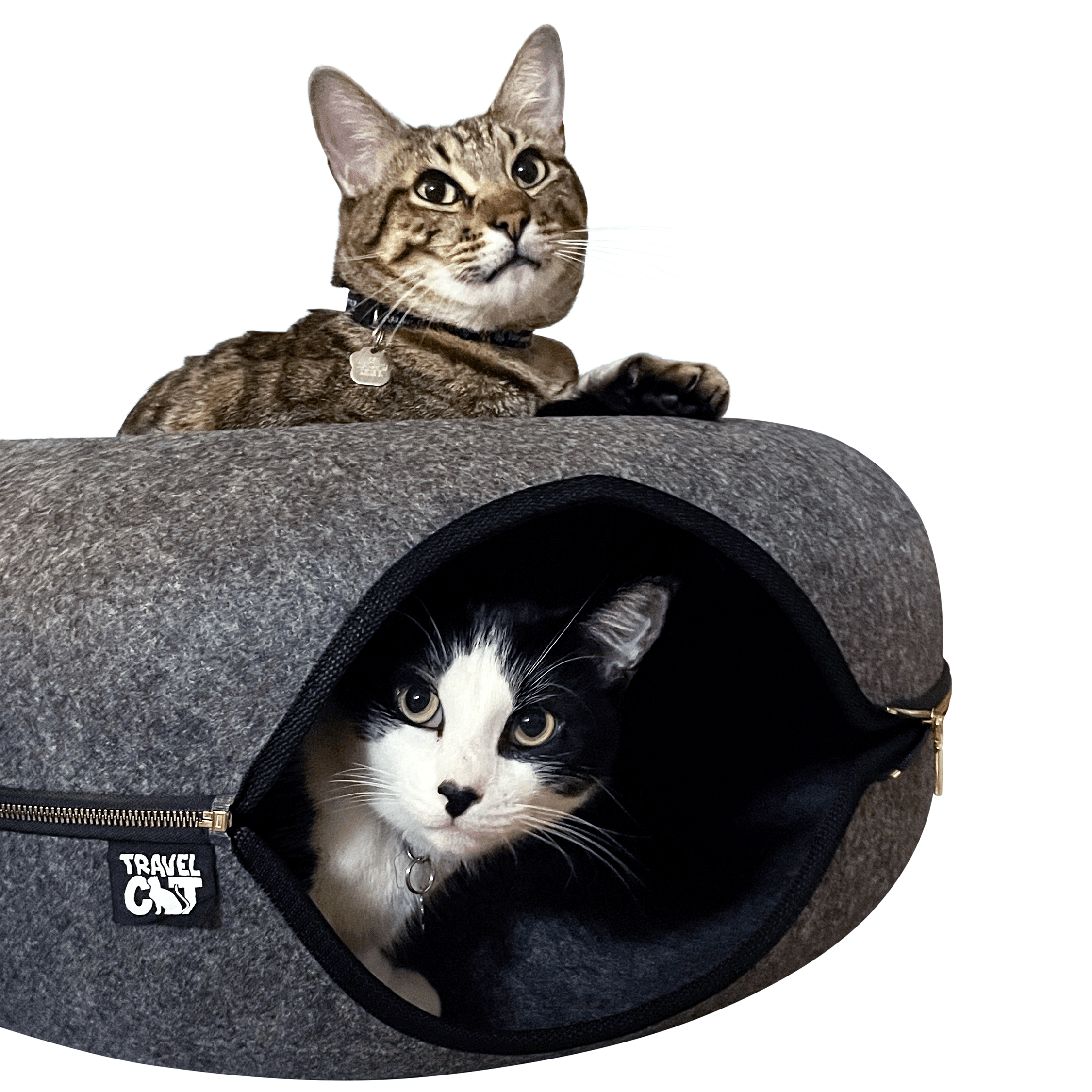

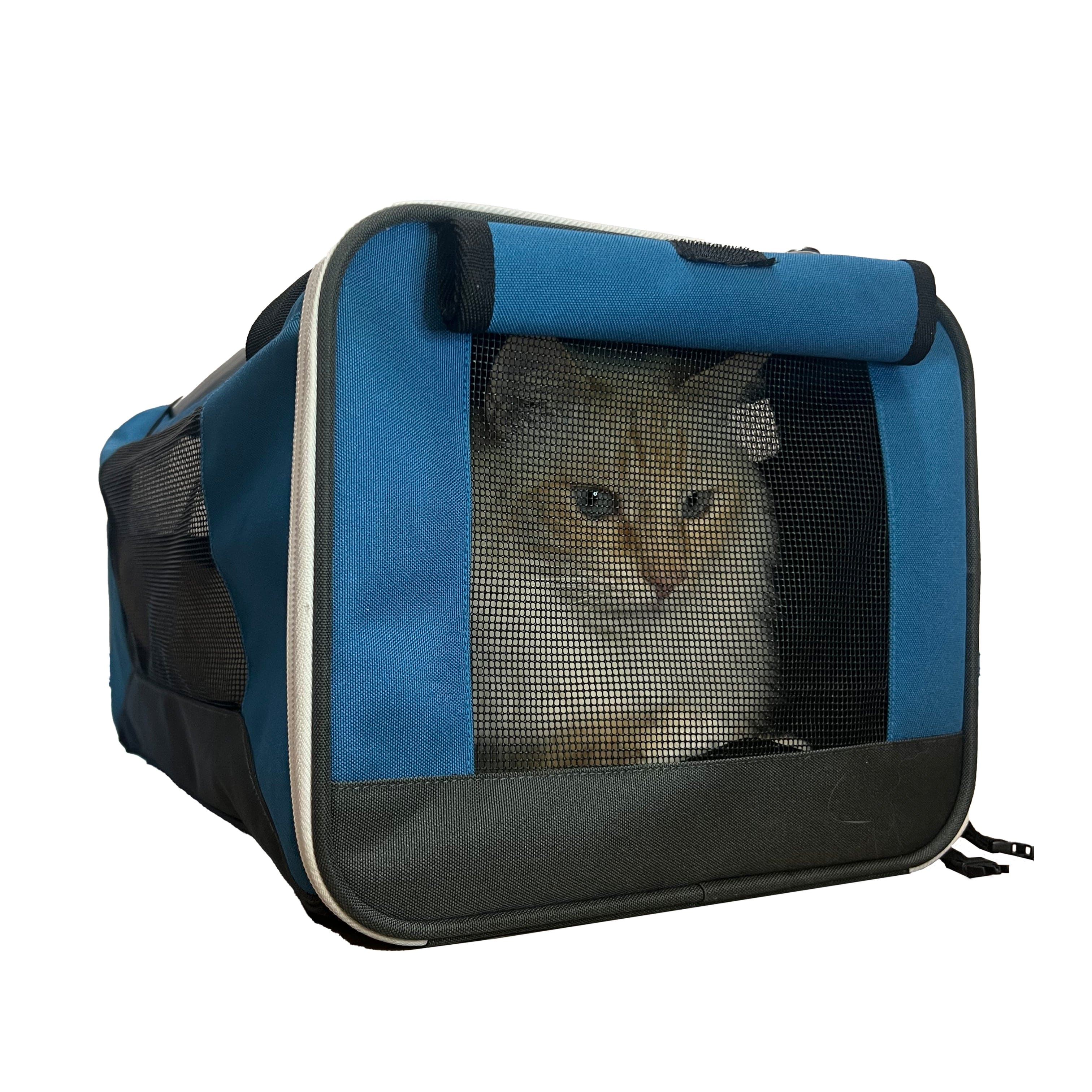
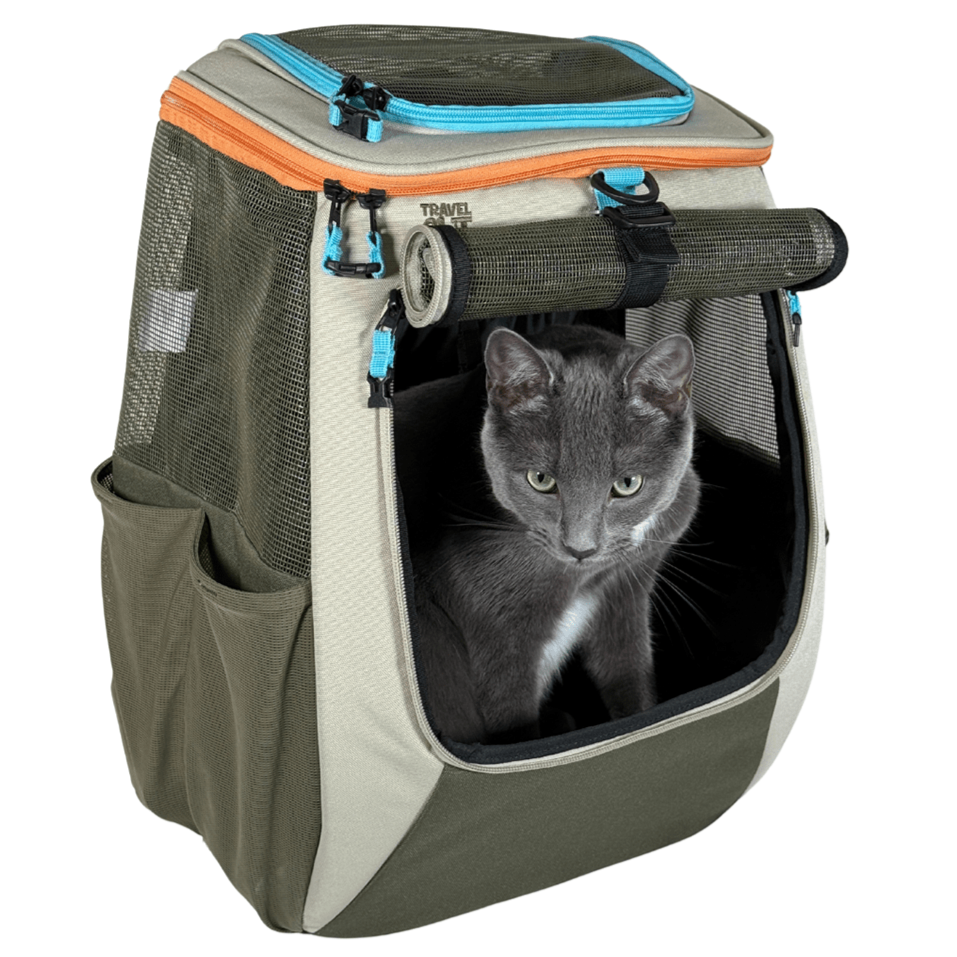
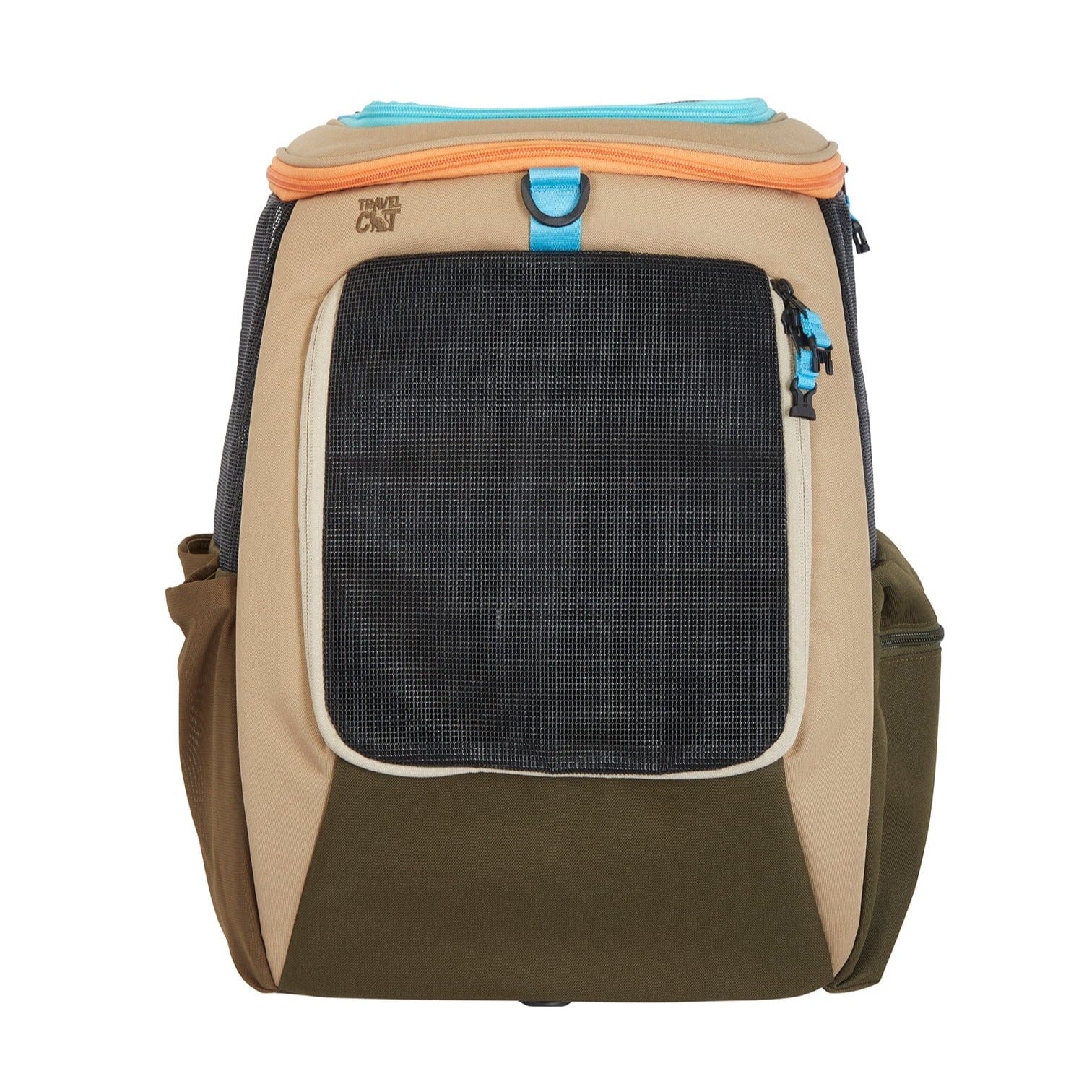

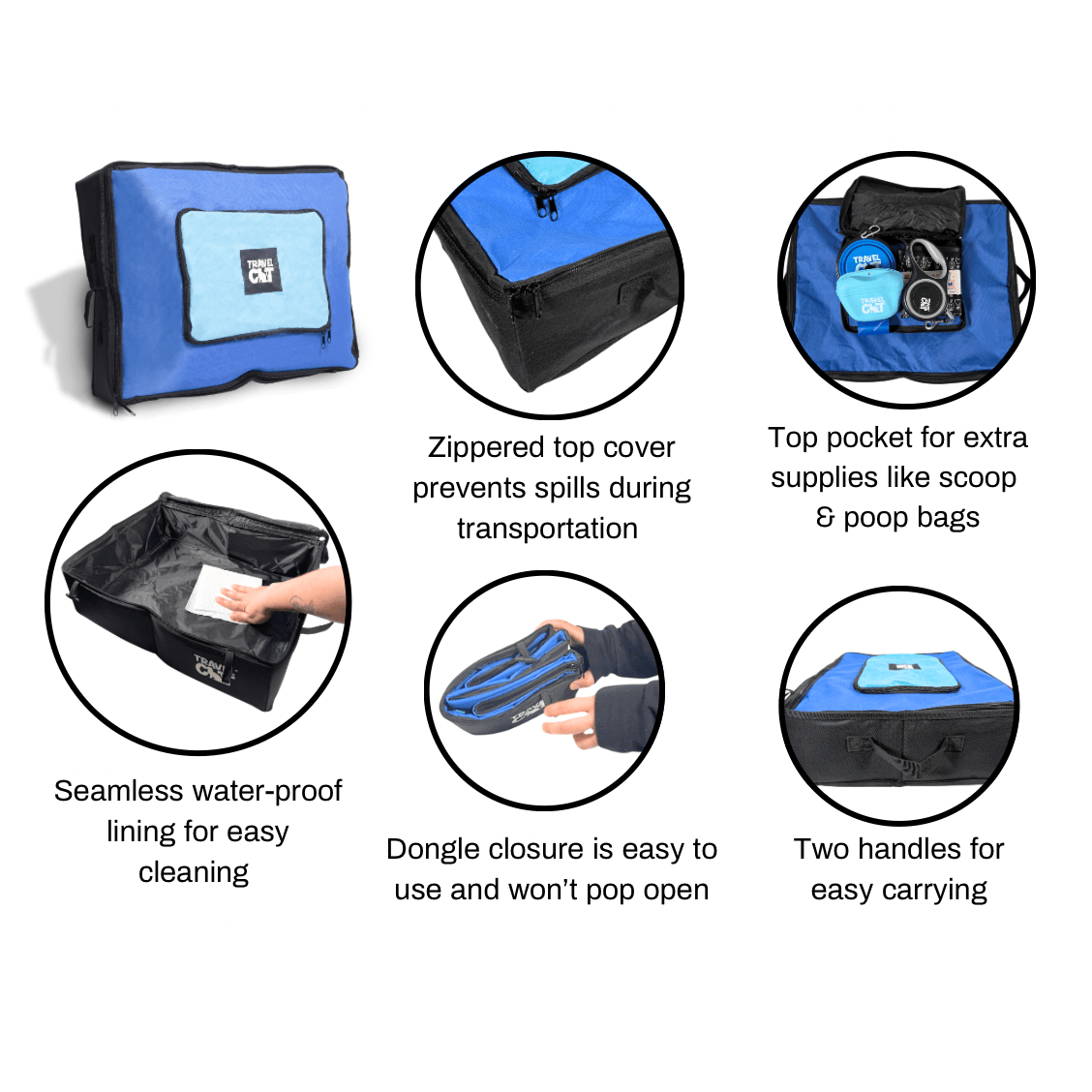


3 comments
Helpful info. I like to keep my kitties things clean . I have 2 indoor (never go out except in the backyard on a leash & harness) & 5 who I take care of on my covered porch. They have puppy blankets, & different types of mats. So I will wash separately & then run the machine itself through a cleaning
Lynne
I bought my cat a new cat bed that she loves. I’m giving her new-old cat bed to someone who had just rescued a cat. She has a cat door and can go in and out as she pleases. She has a very good quality flea collarband nonfleas, no dander. And very clean. I would like to wash her bed because I know they have a scent. I have laundry detergent that has no scent and is used for sensitive skin. Would that be a good way to clean it before I give it away or do I need a special type of detergent or non at all? I live in the mountains. The closest store would be 30 minutes to an hour away. Any help would be appreciated.
Cindy
Article is great, thanks for sharing
dog car bed
Leave a comment
This site is protected by hCaptcha and the hCaptcha Privacy Policy and Terms of Service apply.